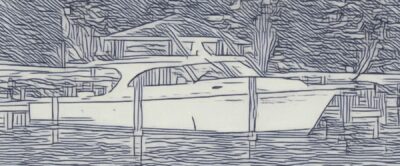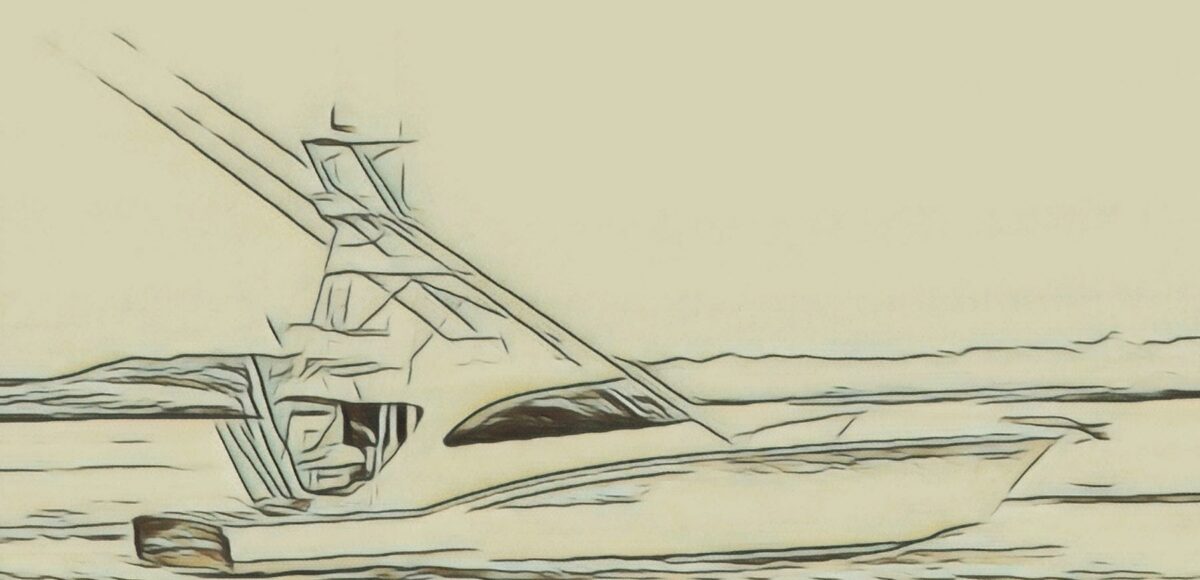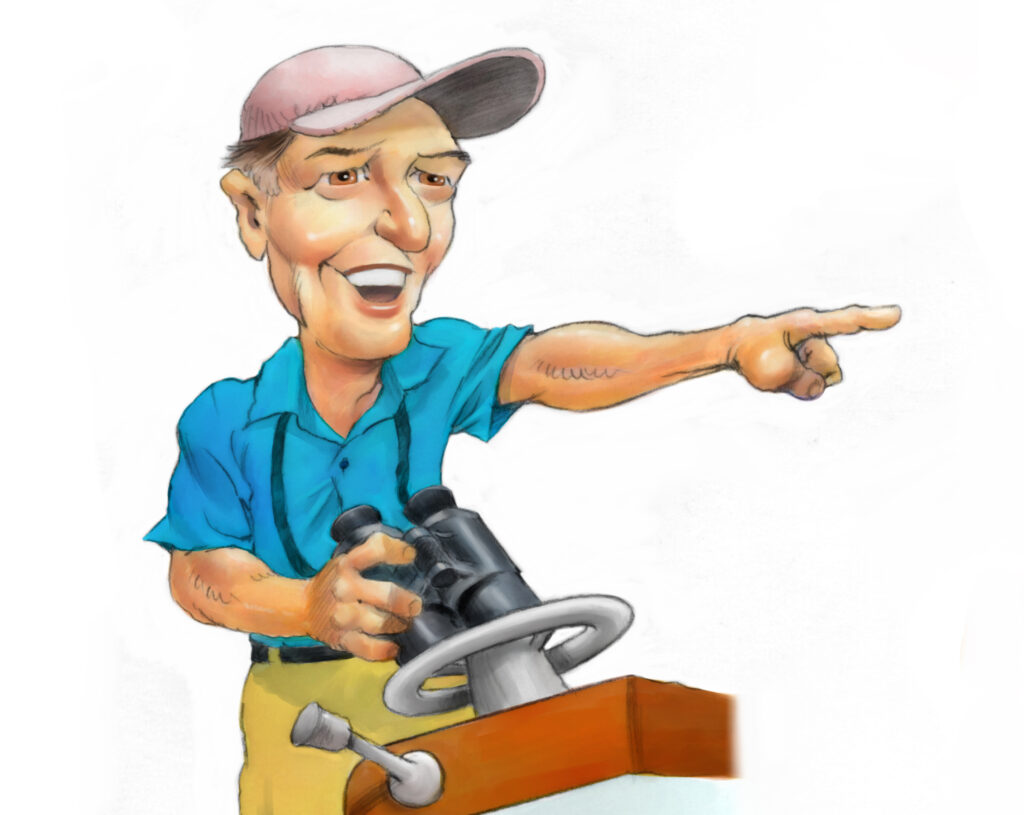Table of Contents
I never cease to be awed when I attend the Fort Lauderdale International Boat Show. It’s not just the sheer number and size of the beautiful yachts, but also all the new products and gear available. It really is cool. On the design side too, there are continual advancements in technology and methodology that help to augment the development of the latest and greatest designs. Some methods are used daily, some only as needed. Regardless of the method of the build, the tools currently available to the designer and naval architect, when used smartly, can only enhance the process and the end product.
Traditional Techniques in Yacht Design Evolution
Before computers, designers lived in a 2D design world. Sketching would start the process of a new idea (much like today), but 3D shapes would be defined with 2D views. Plan, profile and body plan (end view) defined hull and deck geometry. Ship curves would be used to pen the fair lines desired. Another way to define shapes would be a table of offsets. This table of numbers defined certain curves on a hull (or deck) with a location in 3D space. A station (longitudinal), buttock (transverse) and a height off a baseline define a keel, chine or sheer line. These are still generated for certain types of projects, though they are rarely used in actuality anymore.
In terms of hull development and engineering, knowledge continued to expand (and still does today), especially concerning planing hulls. Analytical and empirical methods were developed to predict important performance characteristics like resistance, speed, trim, dynamic stability, etc. Names like Savitsky, Froude, Taylor, Blount, and others come to mind and have been instrumental in understanding the science of our planing hulls. Many of the methods these, and others, have developed are used regularly today in planing hull development.

Modern Advances in Naval Architecture
For the naval architect, fun new toys exist as well. Advanced programs to manage hydrostatics, seakeeping, and performance and handling are available. However, tank testing still is, and will continue to be, a valuable tool to the naval architect. Scaled models are run at appropriate speeds down a tank to predict resistance, trim, seakeeping, and other variables. Both calm conditions and a seaway can be created for results at various speeds, even zero speed, and anchoring conditions, and can include wind effects as well. But now that computing speeds are faster and faster, a virtual tank test of sorts can be performed using computational fluid dynamics, or CFD. CFD provides a quantitative prediction of fluid flow using numerical analysis—in our case, most often water around a hull.
A complete virtual sportfishing yacht can be created before the first mold is cut, or the first jig set up.
It is a virtual simulation, in full 3D, of the behavior of the hull under whatever conditions you want to create or anything else moving through a fluid. A mast through the air, airflow around a deckhouse or submerged appendages are just a few other examples. While not always necessary, it is becoming a more widely used tool. One benefit of CFD is that it does not suffer the scaling challenges of small details on a tank test model. For example, the effect of a slightly different keel pad or strake. Also, with good empirical predictions, and even better yet, real trial data, the CFD results can be correlated to that data and dialed in to be even more accurate. However, it requires a knowledgeable user and significant computing power. So it is not necessarily cheap. Like other tools available, a combined approach is recommended.
Physical models can be used as proof of concept, for visual review or display, or to be used in a tow tank or wind tunnel. Previously, these models could be created using a router or other prototyping methods like stereolithography (SLA). Now, with 3D printing, this has become much easier and cheaper. A designer can take a surface model and instantly import that into the printer and, relatively quickly, have a high-quality 3D print of the object. This technology has become really common and is especially useful.
The Future of Yacht Engineering
Finally, virtual reality is becoming increasingly widely used. Rather than rotating a 3D model on the screen, why not immerse yourself completely and experience the design firsthand? VR continues to get better and more realistic, and I expect its use to expand as systems improve and become more affordable.
Technology will continue to evolve, enhancing the ability of the designer and engineer to provide quality designs more effectively, quicker and with increased detail. But at the heart of every new yacht design is a designer, naval architect or builder with a concept in mind, and the ability to make that concept real.
Don’t Forget to Check Out Our Sportfishing Job Board! Did You Know? It’s the perfect platform for seeking skilled captains and mates. Whether you’re on the hunt for your dream team or looking to join one, your next big adventure begins here. Explore the opportunities now! Click Here
Dive Deeper into the World of Sportfishing
Unlock Exclusive Savings: Enjoy 50% Off Your Subscription!
Are you ready to explore the thrilling world of sportfishing from the comfort of your home? Subscribe now and embark on a journey filled with captivating stories, expert insights, and insider tips. Choose between our digital or print edition and secure an incredible 50% discount on your subscription.
Subscribe today and get ready for an adventure like no other. Click here to subscribe and elevate your sportfishing experience with InTheBite Sportfishing Magazine.

















